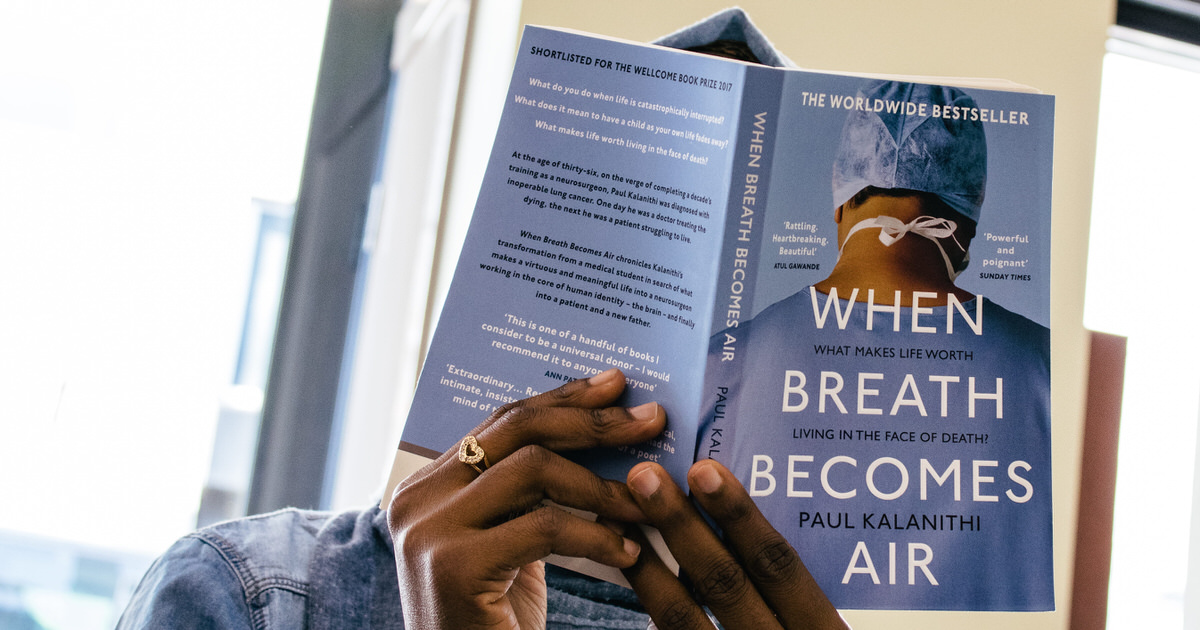
5 out of 5 stars.
Death comes for all of us. For us, for our patients: it is our fate as living, breathing, metabolizing organisms.
This book made me cry several times. The author was able to tell his incredible story while stricken with cancer and working long hours as a neurosurgeon. His prose is terrific. The book explored interesting medical details and contrasting it to the big pictures of what makes life worth living.
It followed Paul’s story from his childhood to his death. Both his dad and his brother are doctors. He first studied English literature and transitioned to medical history before training as neurosurgeon and neuroscientist. His mom kindled his love for literature by pushing her kids to read a lot of books in the ‘college prep reading list.’
One day during his training, he visited a home for people with brain injury. There he encountered the point where studies met reality. Some patients are just left alone by themselves without any visitors. One of the professors even said that it was better for the patients to die. That event helped Paul to contemplate mortality from the start. He noted that “Neurosurgery attracted me as much for its intertwining of brain and consciousness as for its intertwining of life and death.”
You will read about medical details like how formaldehyde is a potent appetite stimulant. You’ll get hungry even while dissecting cadaver -or as they call it now, donors’ bodies. You’ll also read about how extremely overworked the doctors are with residents working upwards of one hundred hours per week.
He was a high achieving young professional with a bright future. He has excellent jobs lined up and research that would help many people. But, alas, fate has something else in store.
One day, his CT scan showed cancerous growth. His role instantly switched from doctor to patient. You’ll follow his harrowing story from the diagnosis to the first improvement and then to the eventual metastasis and death.
I liked how his oncologist never discussed prognosis and focused on finding his values and living in the present. Not ignoring his condition, but not narrowing his experience to just cancer. Under her care, he temporarily returned to neurosurgery before having to tap out due to a weakening body.
Time for me is now double-edged: every day brings me further from the low of my last relapse but closer to the next recurrence—and, eventually, death. Perhaps later than I think, but certainly sooner than I desire.
The epilogue by his wife closed out the book beautifully. You’ll learn how his family responds to his cancer and how their bond helps one another during a difficult time.
In summary, I highly recommend this book. It is one of the best memoirs I’ve read and one of the saddest.
You will confront your mortality, success, and values and hopefully live your life just a bit better.


